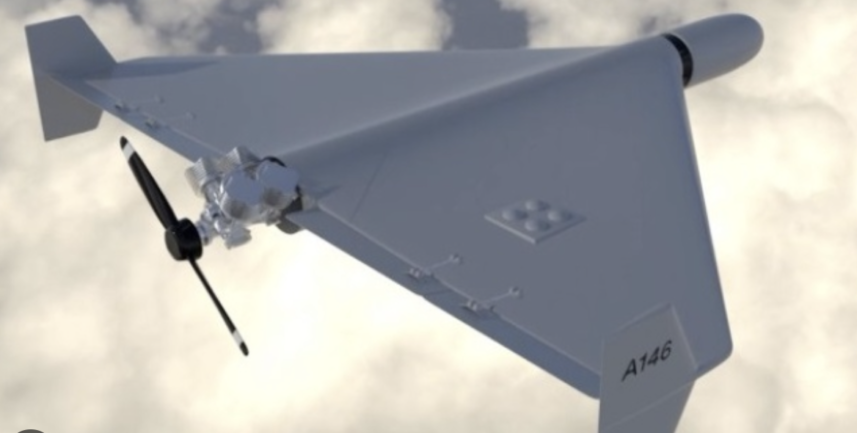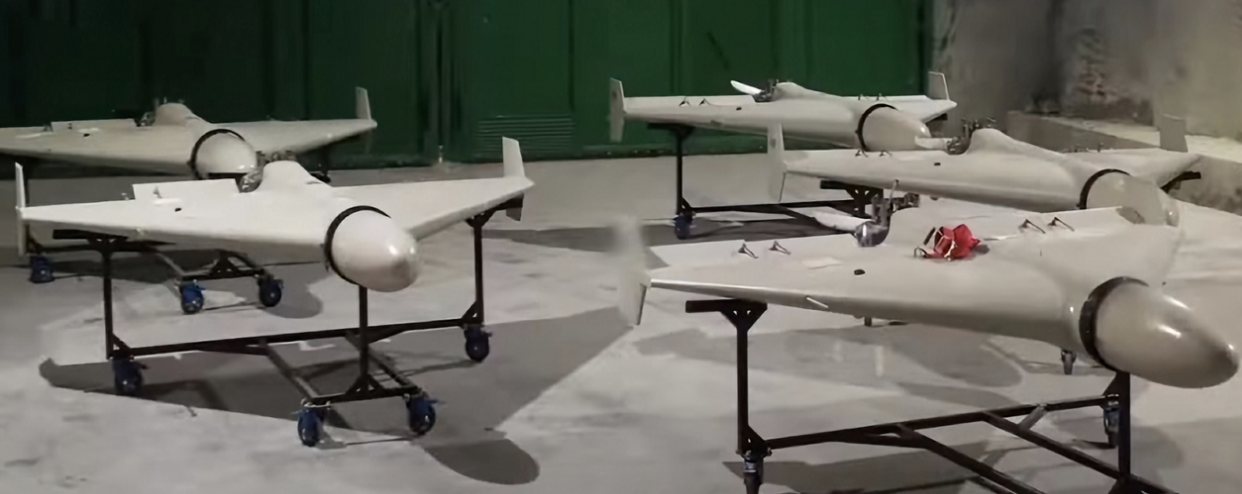
The alarm was raised by US intelligence to the American companies that supplied Iran with technological components which were then used to build the dreaded drones Shahed employed by Russia in the war against Ukraine. However, Iran does not only receive its supplies from Western countries, through anonymous civilian companies, but also from China, India e South Africa. A trade in sensitive components, difficult to trace and block because most of the time they are pieces that are used to build common household appliances.
The paradox
We supply Ukraine with air, missile and anti-drone defense systems and then supply the enemy with essential components to build drones and missiles which they then launch against the defenses that we ourselves have delivered. A vicious circle that is difficult to digest and understand. Wars, throughout history, have always been the result of contradictions that are difficult to bring back into the framework of reasoning and simple and easy understanding.
Returning to the Iranian drones, they are the only ones that are currently inflicting losses and damage on the Ukrainians. They are supplied in large quantities and with an unceasing production rate. In the Azov Sea area, the Iranian Shahed take off from a base where there are Iranian instructors, in charge of training the Russians in the use of these lethal weapons.
There are, however, those who try to intercept the Iranian Shahed before they reach inhabited centers and above all Kiev. The Southern Military Command, in charge of the area that goes from the border with Moldova to Zaporizhzhia told what they manage to do with laughable success: “we have to shoot down as many of them as possible before they can fly any further“. Last Sunday, 35 were launched in just one night, followed by 8 missiles of different types and powers.
Twenty were shot down, the other 15 were successful in the 5 hours of night attacks that caused 3 deaths on the outskirts of Odessa and 27 wounded in a crowded neighborhood.
They are difficult to intercept because they follow the course of the rivers flying very low to escape the radars. They swoop down on the target out of nowhere.
The Kiev military says it has destroyed the operational command of Russian drones in Crimea, including their launch base. The battery was relocated to the eastern coast of the Azov Sea.
Western intelligence is trying to draw the path of hundreds of Iranian drones that easily reach Russian troops. Tehran ships them by ship across the Caspian Sea to the port of Makhachkala in Dagestan. From here they are distributed to the Russian base of Primorsko-Aktarsk, on the Sea of Azov, or to that of Seshcha, on the border with Belarus.
Other information says that Iranian technicians are helping the Russians, in the special economic area of Alabuga, the industrial district of Tatarstan, to build a drone factory that could be operational as early as next year.
Meanwhile the Ukrainian counter-offensive has begun. However, the results are contradictory.
Subscribe to our newsletter!
